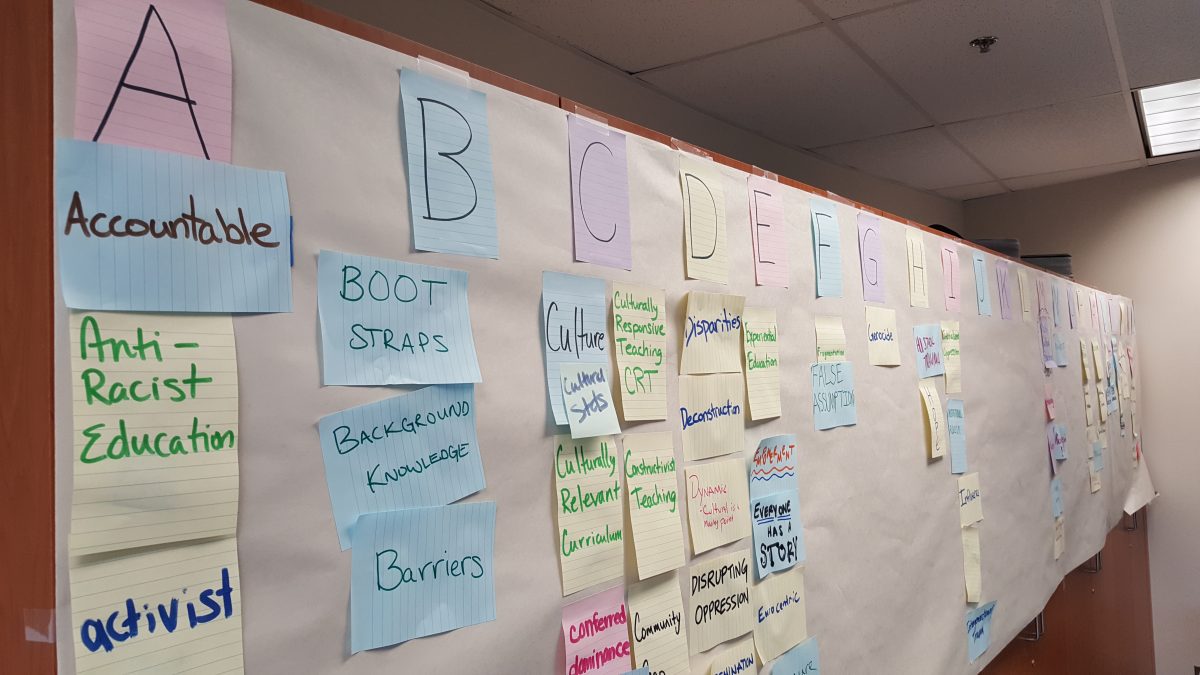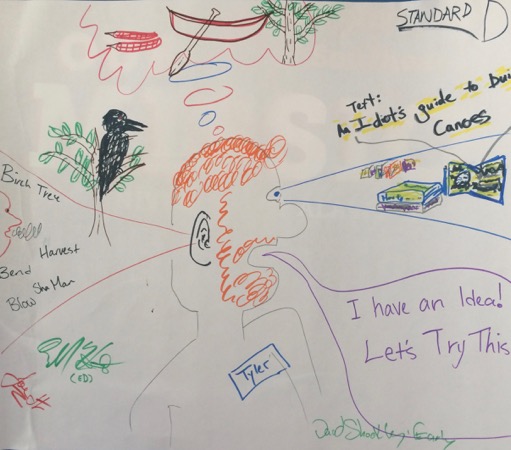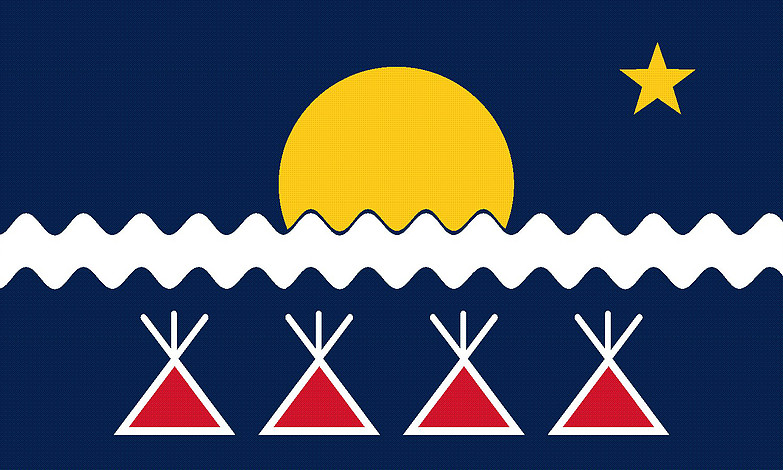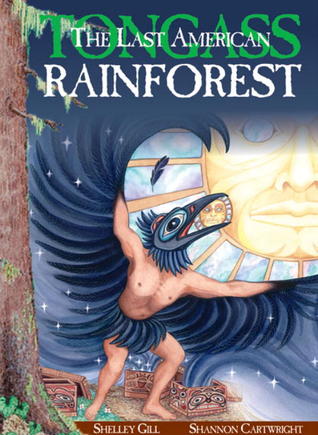“Viewed from this angle, teaching holds a mirror to the soul. If I am willing to look in that mirror, and not run from what I see, I have a chance to gain self-knowledge–and knowing myself is as crucial to good teaching as knowing my students and my subject.”
When I was in school, I had a variety of great teachers. Granted, I had some bad ones, but most of them were good. They made an effort to always make students try to learn the material that was being taught, instead of just reciting the information (unlike the Ferris Bueller clip we saw in class today). Since I shared with the class my story on Coach Garrison, I will share a new teacher. She had a big impact on my life as well. Mrs. Brooks was my English teacher all throughout high school. She was a kind woman that always wanted to make the information that we would be reading or studying more interesting. She read to the class when she could or she would have the class reenact scenes from a book or play. She really put all her energy into whatever topic it was that she was teaching. She made herself available all the time, during lunch, after school, on weekends if we needed it; all we had to do was send her an email.
After I graduated high school, I told her that I was headed to college and she was thrilled. Not too many people from my graduating class had made it to college or trade school, so she was genuinely thrilled. When I told her that I was going to school to be an English teacher and that I was worried that I hadn’t varied my background much more than the novels we were required to read, she told me to follow my passion for knowledge and teaching and it will lead me to new information. That is something that I really took out from this reading. The want to look inside myself first for the drive to learn and teach can be powerful. Its that drive to never quit learning that can make a great teacher.
Image by Tom Hussey in a portrait series titled Reflections: A Portrait Series Looking at our Youth @ www.tomhussey.com






